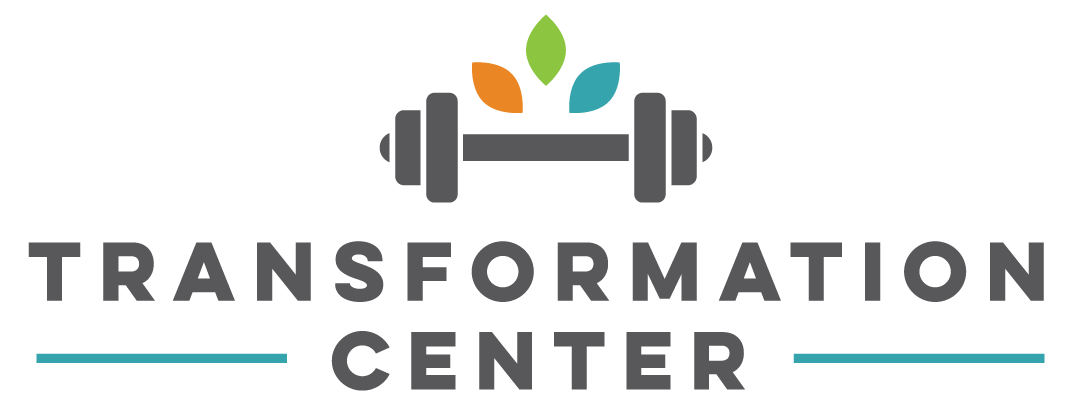
When you return to training after weeks—or months—away, your body is doing far more than just “warming up.” Inside your muscles, heart, and brain, a cascade of adaptations is being re-ignited.
We can all use the reminder not to rush our recovery, despite the deep, burning desire to get back to where we were… it takes time.
However, you can get back!
This second part of From Rusty to Ready dives deeper into the science behind why your body “remembers,” how strength and endurance bounce back, and what you can do to make that process faster and safer.
The Physiology of Muscle Memory
When you strength train, your muscles grow not just in size but in cellular complexity. Each muscle fiber develops additional myonuclei—tiny control centers that regulate protein synthesis.
Even when you take time off, those myonuclei remain. Studies in Frontiers in Physiology and The Journal of Applied Physiology show they can persist for years, which means your body doesn’t need to “start over.” The blueprint for growth is already in place.
As soon as you reintroduce resistance training, your body reignites the protein-building machinery faster than before, restoring strength and size at nearly double the rate of a beginner.
Cardiovascular Reconditioning: The Return of Oxygen Efficiency
Your cardiovascular system “detrains” faster than muscle but also recovers faster. Within 2–3 weeks of consistent training, your blood plasma volume expands again, stroke volume increases, and the heart becomes more efficient at pumping oxygen-rich blood.
In practical terms, this means that breathless feeling you get during week one doesn’t last long—your VO₂max can improve by up to 10% within the first month back.
Neural Pathways and Motor Learning
The nervous system adapts to movement patterns through neural plasticity. Even if you haven’t squatted or pressed in months, your brain retains the “motor engrams”—stored movement templates—that allow for faster relearning.
It’s like reopening a saved file: the pattern is there; you’re just refining the details. This is why coordination, balance, and rhythm return quickly once you re-establish consistent movement.
The Nutrition Connection: Protein, Micronutrients & Rebuilding Efficiency
When rebuilding, protein intake is the limiting factor. Aim for .8-1.2 g per pound of body weight daily. This supports muscle protein synthesis—especially critical as you re-stimulate those previously dormant fibers.
Micronutrients like magnesium, vitamin D, and omega-3s also help reduce inflammation and support neuromuscular recovery. And while carbs often get demonized, glycogen is your body’s preferred energy source for resistance training—don’t skimp.
Hormones, Recovery, and Adaptation
Periods of detraining often shift hormone balance—less testosterone, lower growth hormone, higher cortisol. Returning to regular exercise gradually restores that equilibrium.
Strength training improves insulin sensitivity within just a few sessions, reducing blood-sugar spikes and stabilizing energy. Sleep and stress management amplify these effects, helping your endocrine system “reset” toward recovery and growth.
Why You Shouldn’t Rush the Comeback
Too much too soon can lead to delayed onset muscle soreness (DOMS), inflammation, or even overtraining syndrome. Remember: adaptation happens during recovery, not during the workout itself.
By spacing out sessions (every other day at first), prioritizing sleep, and fueling properly, you allow mitochondria—the “power plants” of your cells—to rebuild efficiently. That’s where real endurance and metabolic health are forged.
Your Takeaway
Your comeback is part biology, part patience. You’re not “starting over”; you’re reactivating systems built from years of effort.
Give your body the time and fuel it needs, and it will reward you with faster progress than you might think possible.
If you’re ready to rebuild strength, mobility, and confidence—without overdoing it—our Sweat Fit and Fit Over 50 programs are designed to help you return smarter, not just harder.
Message us with “RESET” and let’s plan your personalized comeback!

Recent Comments